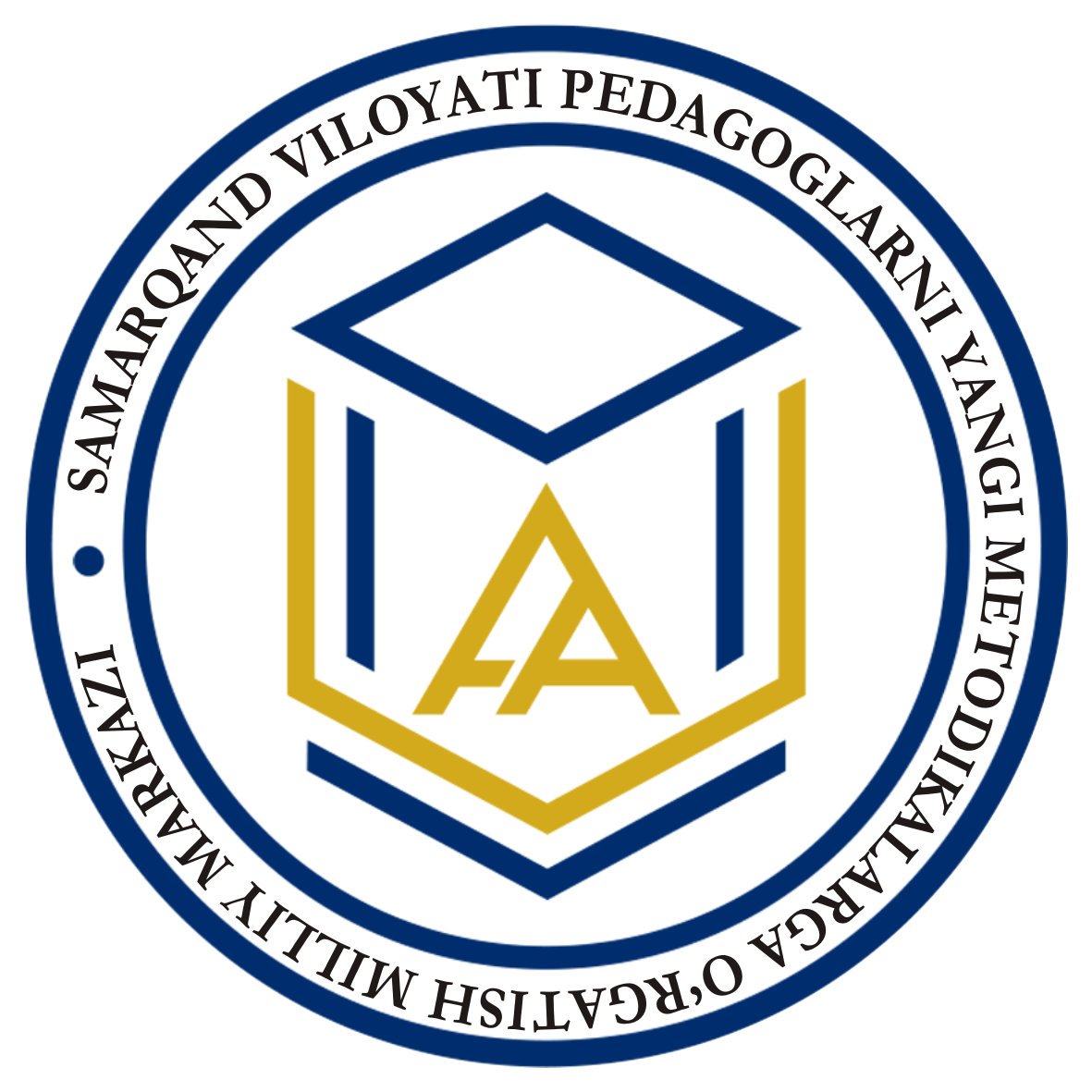

Muallif: N. Kushakova
Chop etilgan yil: 2020
Nashriyot: Samarqand viloyat xalq ta'limi xodimlarini qayta tayyorlash va ularning malakasini oshirish hududiy markazi bosmaxonasi
Chop etilgan shahar: Samarqand viloyat xalq ta'limi xodimlarini qayta tayyorlash va ularning malakasini oshirish hududiy
Many students are more inductive than deductive reasoners, which means that they learn better from examples than from logical development starting with basic principles. The use of case studies can therefore be a very effective classroom technique.
Case studies are have long been used in business schools, law schools, medical schools and the social sciences, but they can be used in any discipline when instructors want students to explore how what they have learned applies to real world situations. Cases come in many formats, from a simple “What would you do in this situation?” question to a detailed description of a situation with accompanying data to analyze. Whether to use a simple scenario-type case or a complex detailed one depends on your course objectives.
Most case assignments require students to answer an open-ended question or develop a solution to an open-ended problem with multiple potential solutions. Requirements can range from a one-paragraph answer to a fully developed group action plan, proposal or decision.
Common Case Elements
Most “full-blown” cases have these common elements:
A decision-maker who is grappling with some question or problem that needs to be solved.
A description of the problem’s context (a law, an industry, a family).
Supporting data, which can range from data tables to links to URLs, quoted statements or testimony, supporting documents, images, video, or audio.







